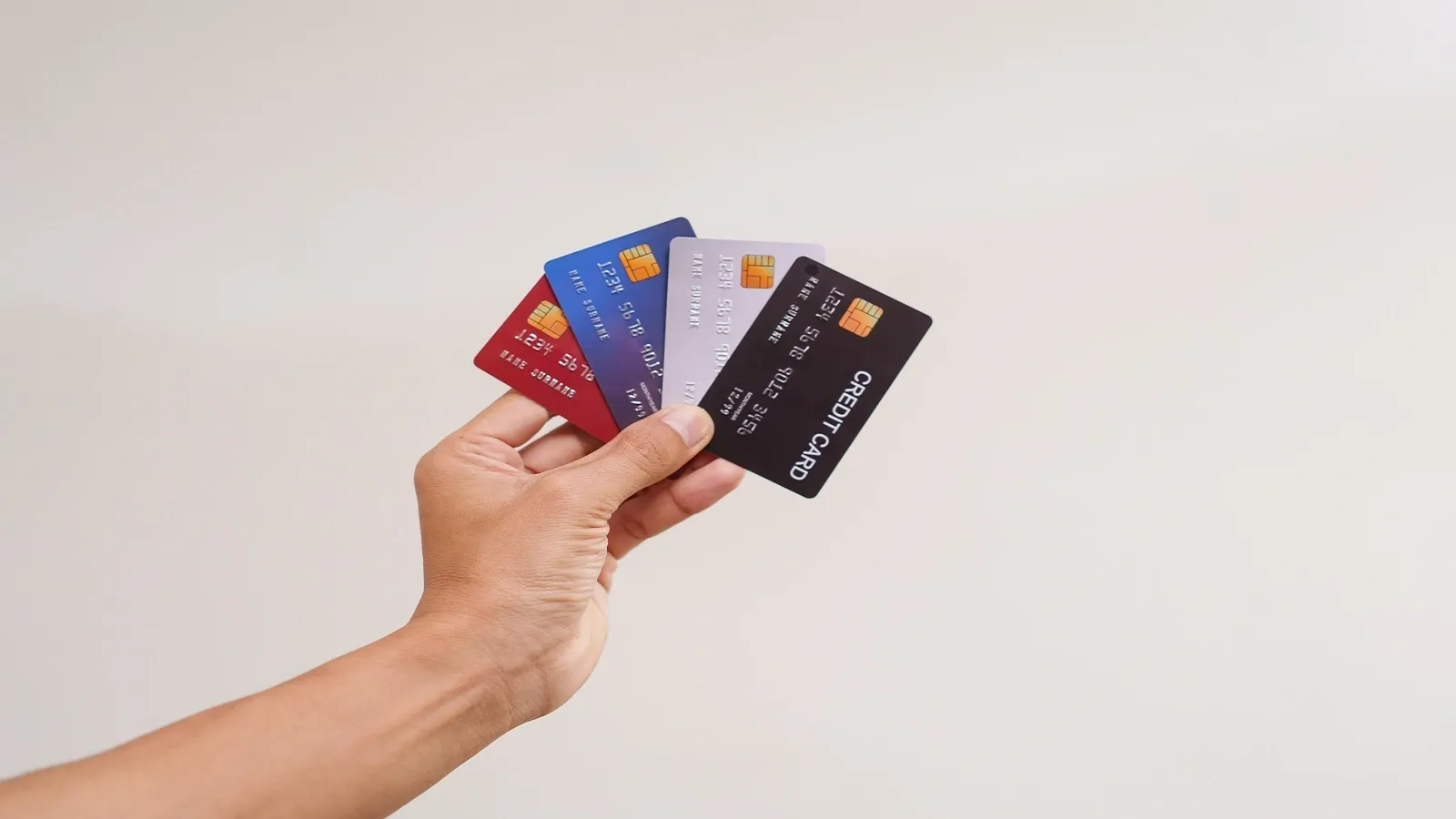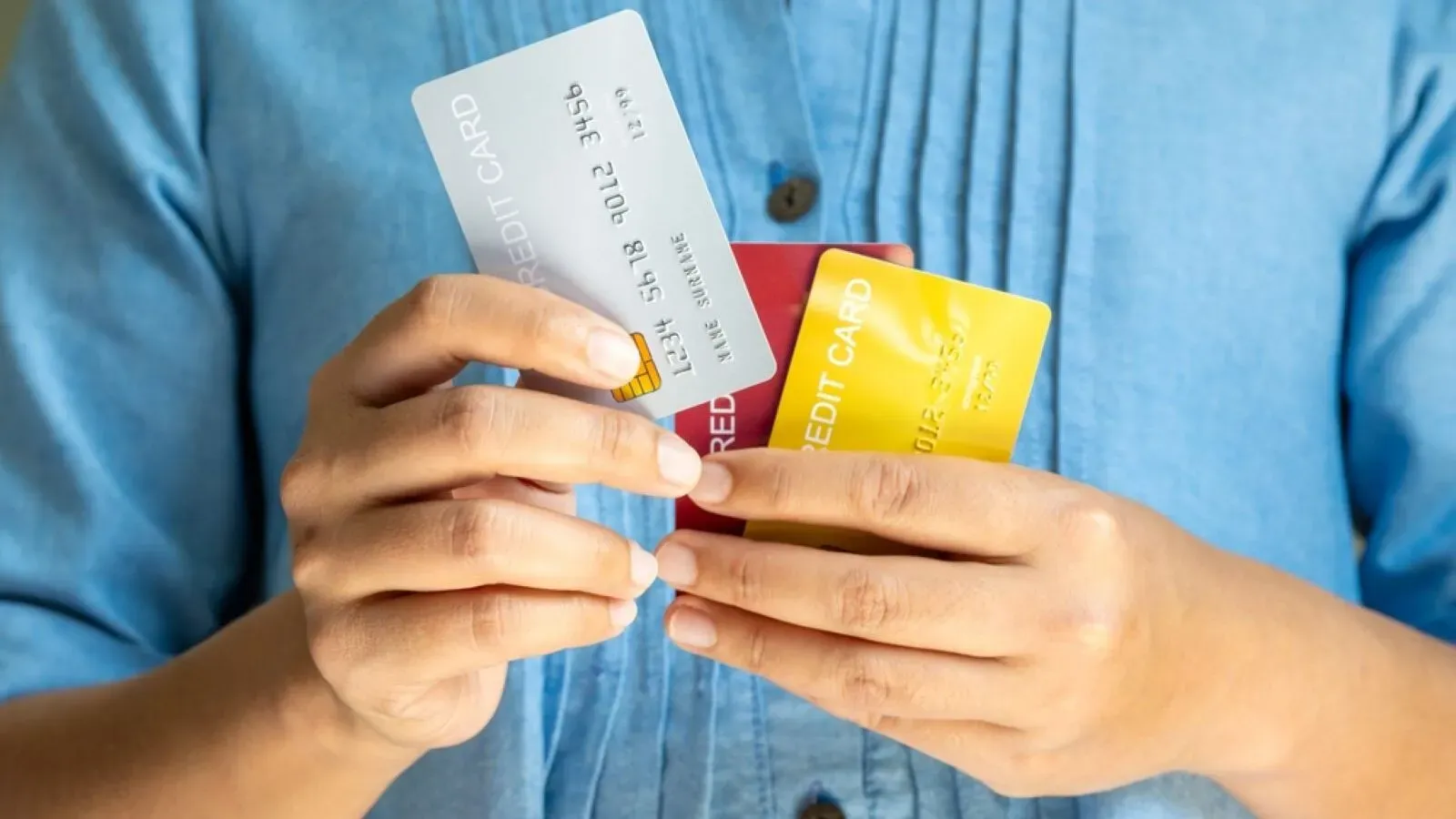Personal Finance News
Credit card billing and statement cycles explained
.png)
3 min read | Updated on June 13, 2025, 19:09 IST
SUMMARY
A credit card is an important financial tool that can help you manage your finances better if you use it the right way. It is important to know all about your credit card issuer's policies so you can be aware of the charges and payment cycles beforehand.

The payment due date typically falls 15 to 21 days after the statement date, as per your credit card issuer’s policy.
However, you need to understand how billing and statement cycles work to avoid any unnecessary charges. These cycles decide when your transactions are recorded, when you receive your bill, and when you should make the payment to avoid paying interest on the dues.
Billing cycle
The billing cycle, or the billing period, is the time period during which your credit card purchases are tracked. Usually, a billing cycle lasts between 28 to 31 days. The exact duration of the cycle varies from bank to bank. Every purchase or transaction that you make, or any EMI charged to your card, within this period, is included in the statement at the end of the cycle.
Statement date
At the end of the billing cycle, you will receive a statement from your bank or credit card issuer based on the transactions made during the billing cycle. The statement will have the summary of your transactions, the total amount due for payment, the minimum due amount, as well as the payment due date. It will also include any penalties or interest charges in case you defaulted in the previous cycle.
The payment due date is the last date by which you need to pay your credit card bill, either in full or the minimum amount due, to avoid late charges. The due date typically falls 15 to 21 days after the statement date, as per your credit card issuer’s policy. The time between the statement date and the due date is the grace period you get to pay your bill. In this period, you can pay the bill without any interest.
Many people wonder why a cycle lasts 45-55 days, but this is because it includes both the billing cycle and the grace period.
To understand this simply, here is an example: Let’s say your billing cycle starts on June 20 and ends on July 19, and your bank gives you a grace period of 15 days. If you purchase on June 22, your statement will be generated on July 19, and you will have to pay for it between July 20 to August 3.
Why it matters
It is important to know your billing cycle and payment date so you can pay on time and avoid extra charges. Further, remember to check your statement carefully to track your expenses and to check for any unauthorised transactions.
Many people just pay the minimum amount due, but it’s crucial to note that when you carry a balance forward, interest will be charged on the entire amount. In some cases, the interest is charged from the date of individual transactions and not from the due date, making your debt even larger.
Reading the fine print is necessary to be aware of your card issuer’s policy and everything about your card’s billing and payment cycles. If you pay your full bill on time, not only will you be able to maintain a healthy credit score, but you will also enjoy interest-free credit. It will also help you plan your budget and finances effectively.
Related News
By signing up you agree to Upstox’s Terms & Conditions
About The Author
Next Story


